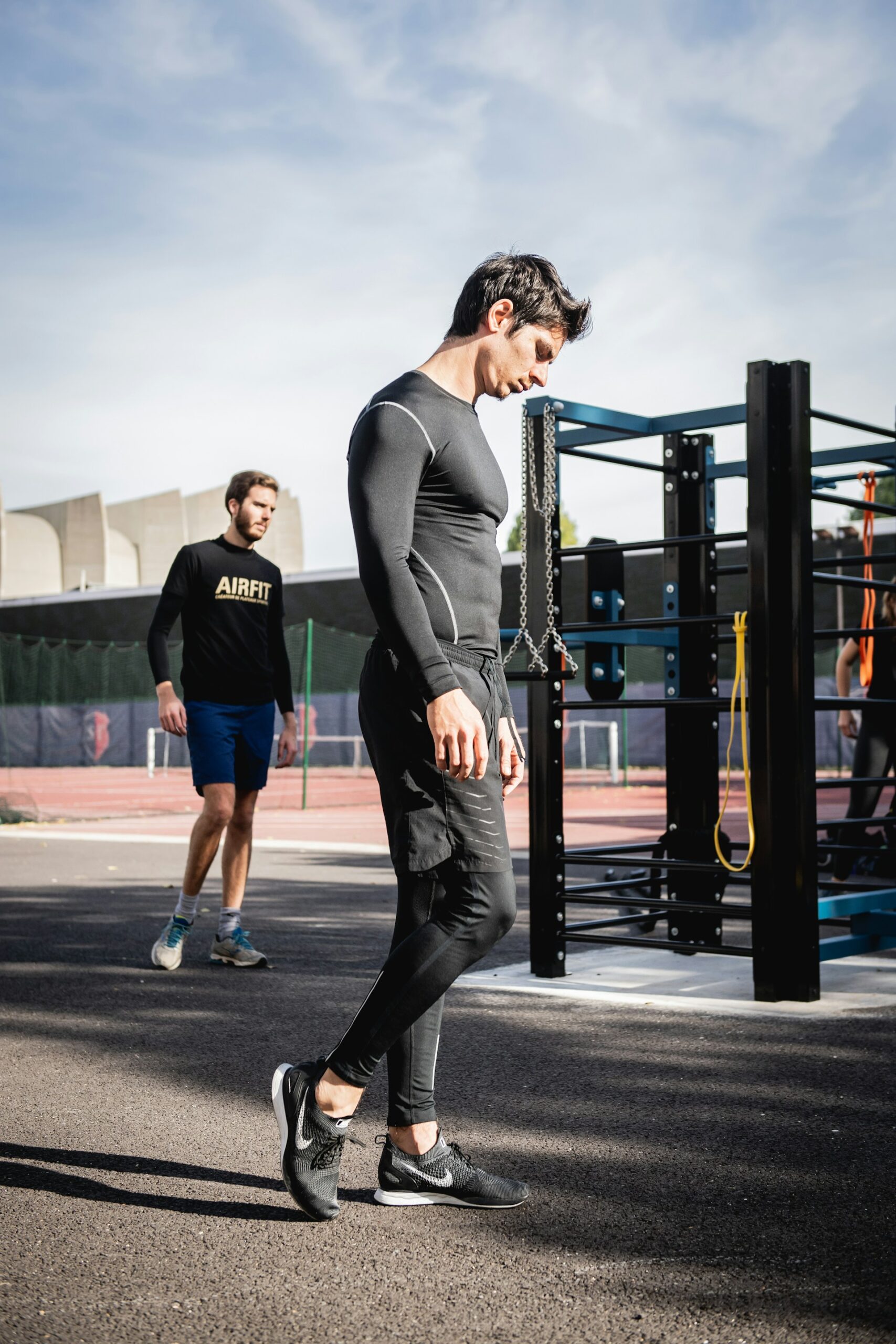Contents
I. Understanding the Concept
What is Single Joint Exercises Single joint exercises, also known as isolation exercises, target a specific muscle group and involve movement at only one joint. Unlike compound exercises which involve multiple joints and muscle groups, single joint exercises isolate a particular muscle, allowing for focused and targeted training.
A. Importance of Single Joint Exercises
Incorporating single joint exercises into your workout routine can offer various benefits. Firstly, they allow you to target specific muscles that may be lagging behind in strength or development. This targeted approach is particularly beneficial for individuals looking to correct muscle imbalances or enhance muscle definition in certain areas. Additionally, single joint exercises can be useful for injury prevention and rehabilitation as they enable controlled and precise movements, reducing the risk of strain or injury to surrounding joints and tissues.
II. Anatomy and Physiology
Understanding the anatomy and physiology of the muscles involved in single joint exercises is crucial for maximizing their effectiveness.
A. Overview of Muscle Anatomy
Muscles are composed of fibers that contract and relax to produce movement. Single joint exercises focus on activating and strengthening specific muscles, such as the biceps, triceps, quadriceps, and hamstrings, among others.
B. Function of Single Joints
Single joints, such as the elbow and knee, play a vital role in facilitating movement within the body. By targeting these joints through exercises like bicep curls and leg extensions, individuals can improve strength, stability, and range of motion in the associated muscles.
C. Benefits of Targeting Single Joints
Targeting single joints allows for precise and controlled movements, which can help individuals isolate and strengthen specific muscle groups. This targeted approach is especially beneficial for individuals recovering from injuries or those with mobility restrictions, as it enables them to work on strengthening specific areas without placing excessive strain on surrounding joints.
III. Types of Single Joint Exercises
Single joint exercises can be categorized based on the muscle groups they target and the equipment used for resistance.
A. Upper Body Exercises
1. Bicep Curls
Bicep curls primarily target the biceps brachii muscle and involve flexion at the elbow joint. This exercise can be performed using dumbbells, barbells, or resistance bands.
2. Tricep Extensions
Tricep extensions focus on the triceps brachii muscle and involve extension at the elbow joint. Variations of this exercise include overhead tricep extensions, cable tricep pushdowns, and skull crushers.
3. Shoulder Raises
Shoulder raises target the deltoid muscles and involve abduction or elevation of the arms at the shoulder joint. Common variations include lateral raises, front raises, and rear deltoid raises.
B. Lower Body Exercises
1. Leg Extensions
Leg extensions primarily target the quadriceps muscles and involve extension at the knee joint. This exercise is typically performed using a leg extension machine, but variations can also be done with resistance bands or ankle weights.
2. Hamstring Curls
Hamstring curls focus on the hamstring muscles and involve flexion at the knee joint. This exercise can be performed using a leg curl machine or with alternative equipment such as stability balls or sliders.
3. Calf Raises
Calf raises primarily target the calf muscles and involve plantar flexion at the ankle joint. Variations include standing calf raises, seated calf raises, and single-leg calf raises.
IV. Equipment and Techniques
Choosing the right equipment and employing proper techniques are essential for maximizing the effectiveness of single joint exercises.
A. Free Weights vs. Machines
Both free weights and machines can be used for single joint exercises, each offering its own set of advantages and limitations. Free weights, such as dumbbells and barbells, require greater stabilization and activate stabilizer muscles, whereas machines provide more controlled movement and isolation of target muscles.
B. Proper Form and Technique
Maintaining proper form and technique is critical for preventing injuries and ensuring optimal muscle activation during single joint exercises. Focus on controlled movements, maintain proper alignment, and avoid using momentum to lift weights.
C. Choosing the Right Weight
Selecting an appropriate weight for single joint exercises is important for challenging the muscles without compromising form or risking injury. Start with a weight that allows for 10-12 repetitions with good form, gradually increasing the resistance as strength improves.
